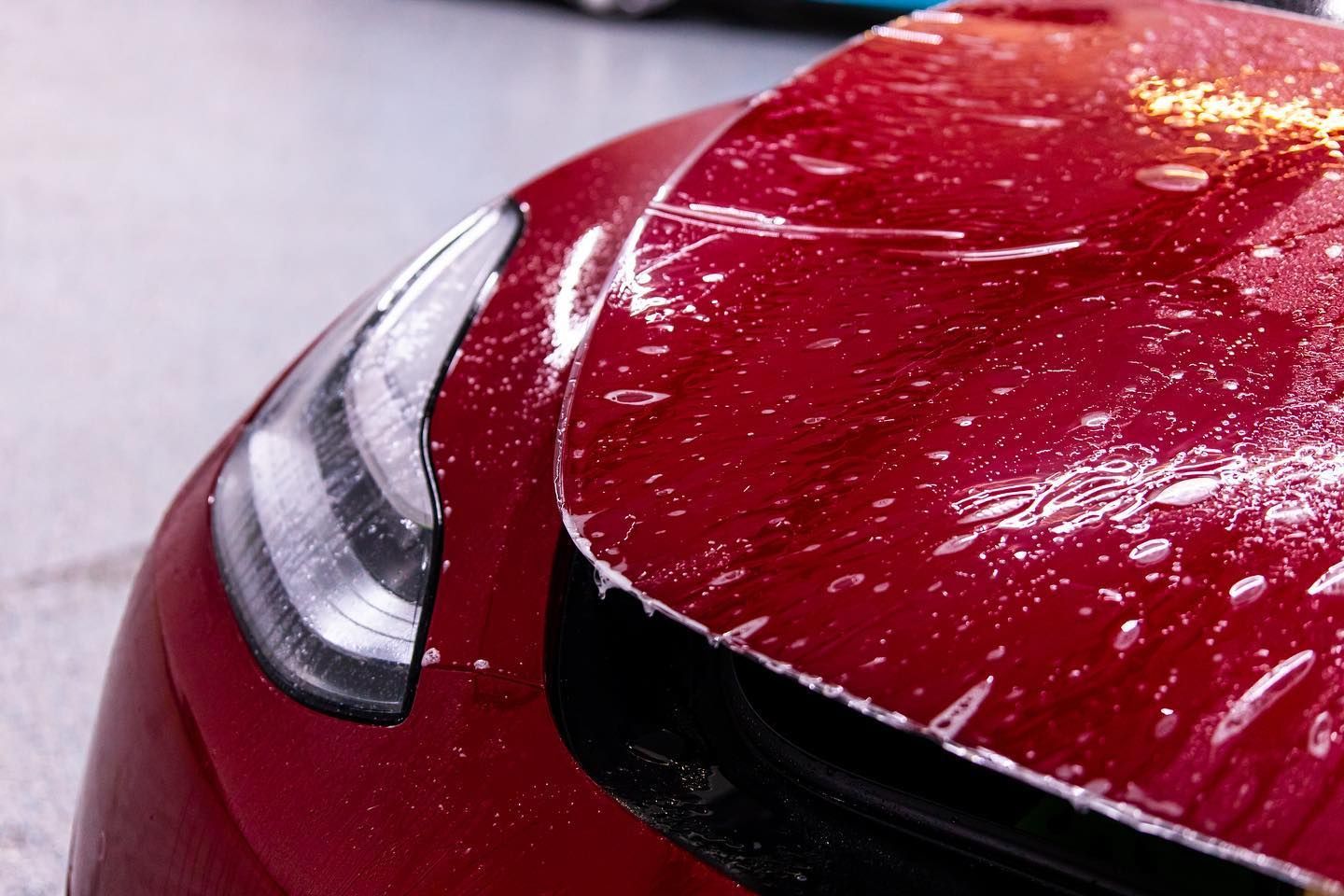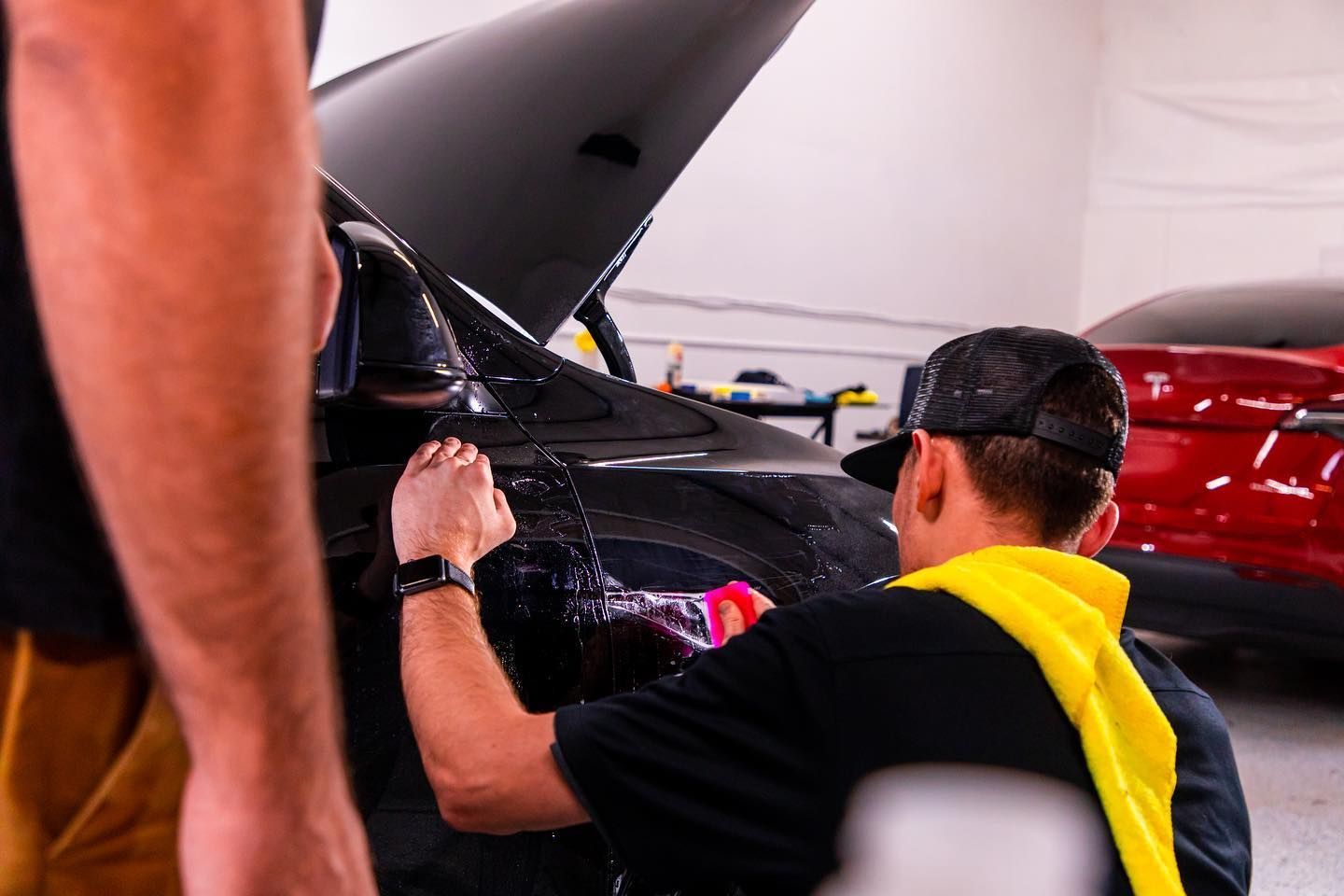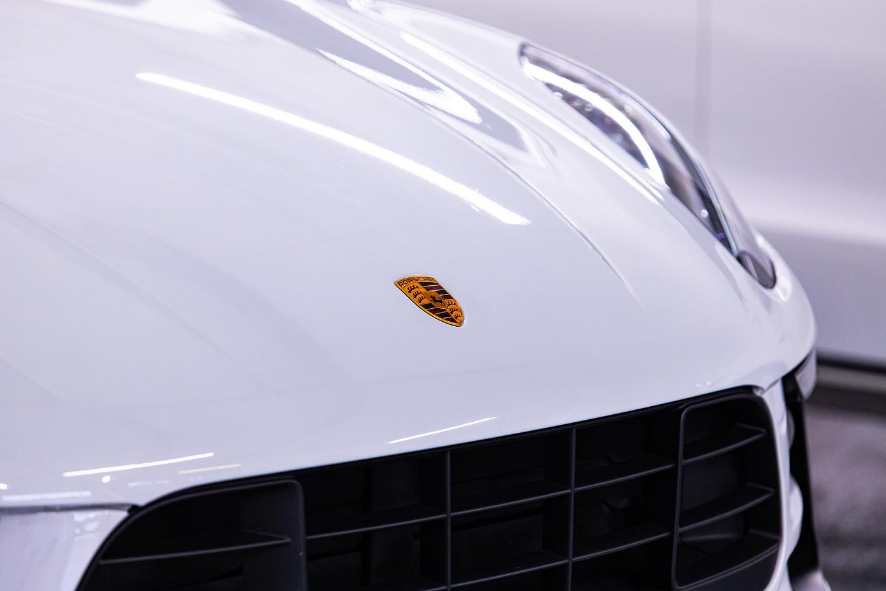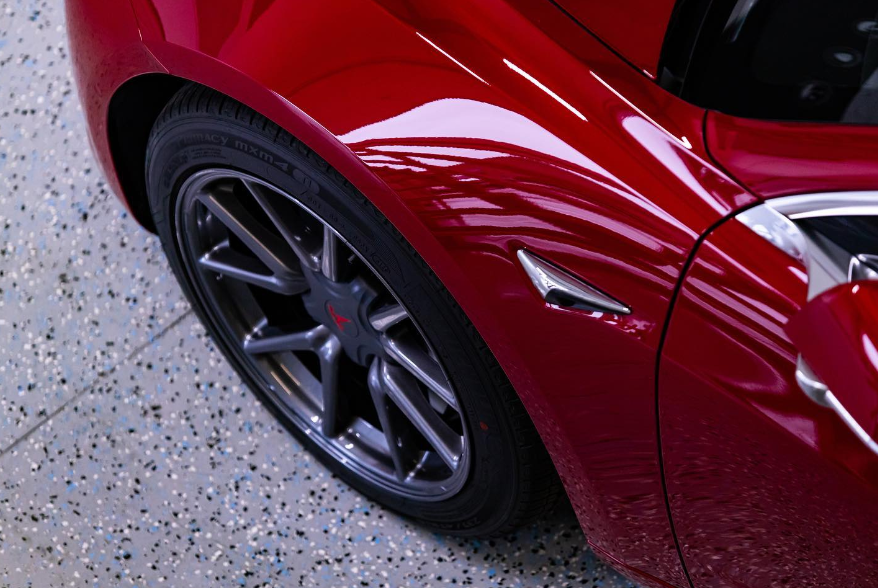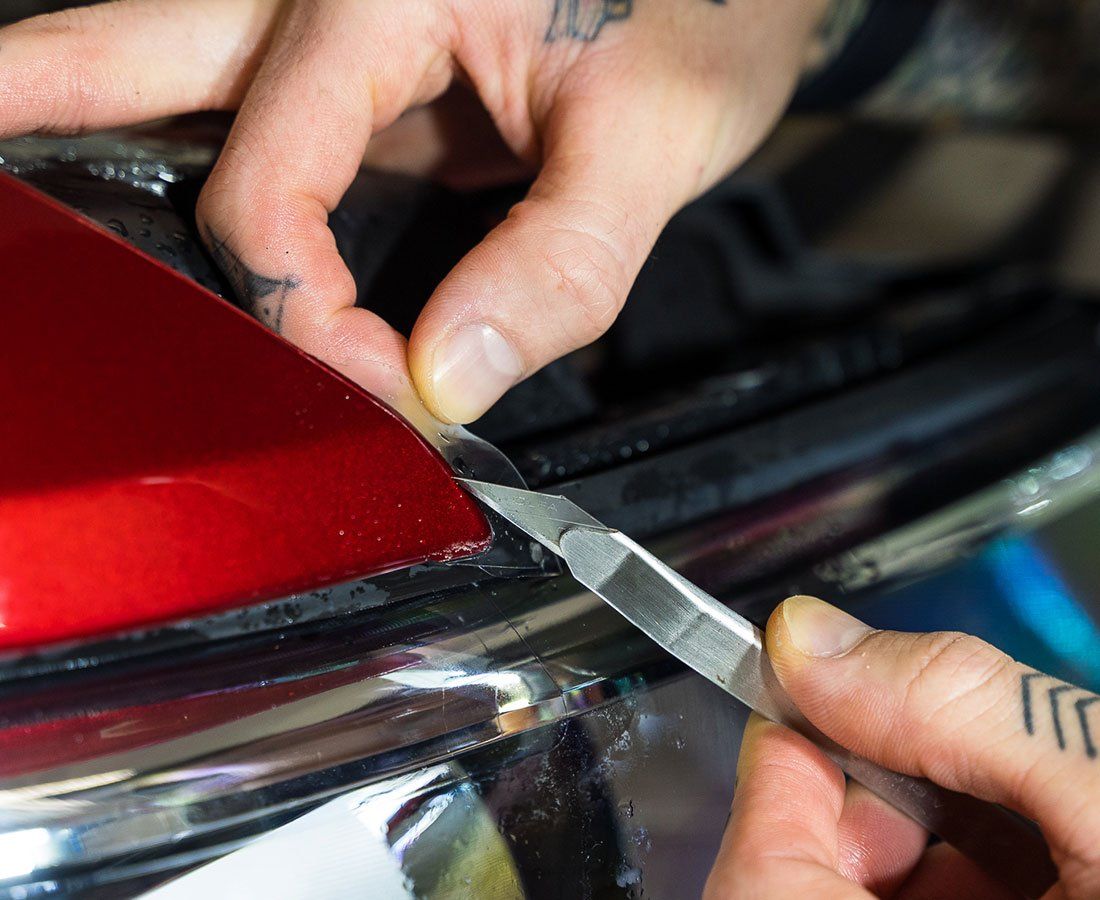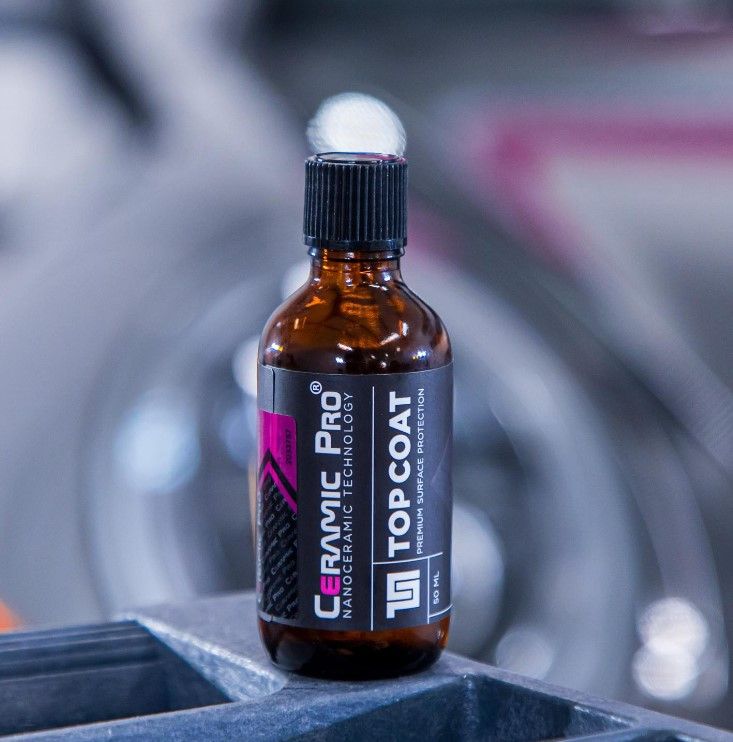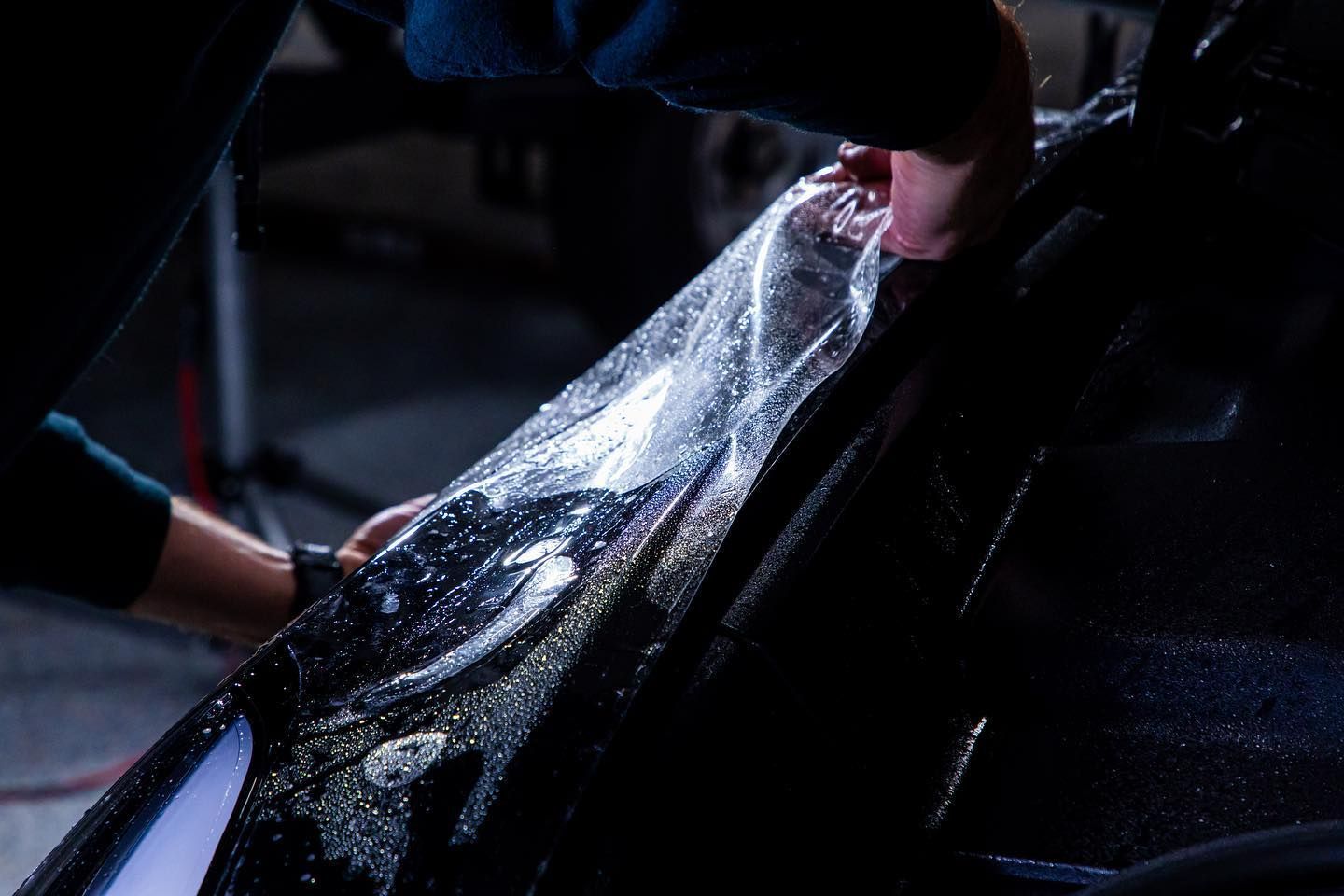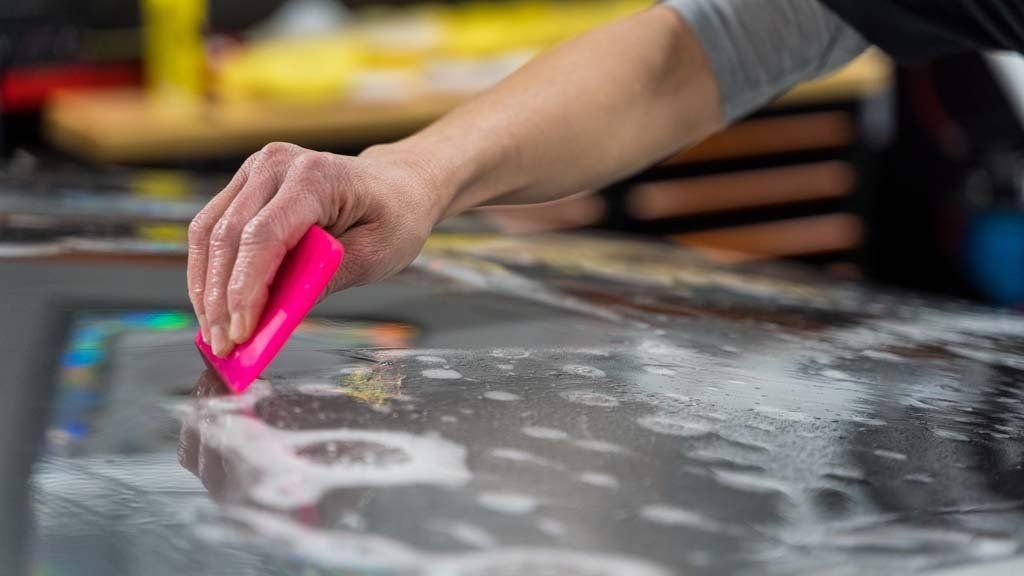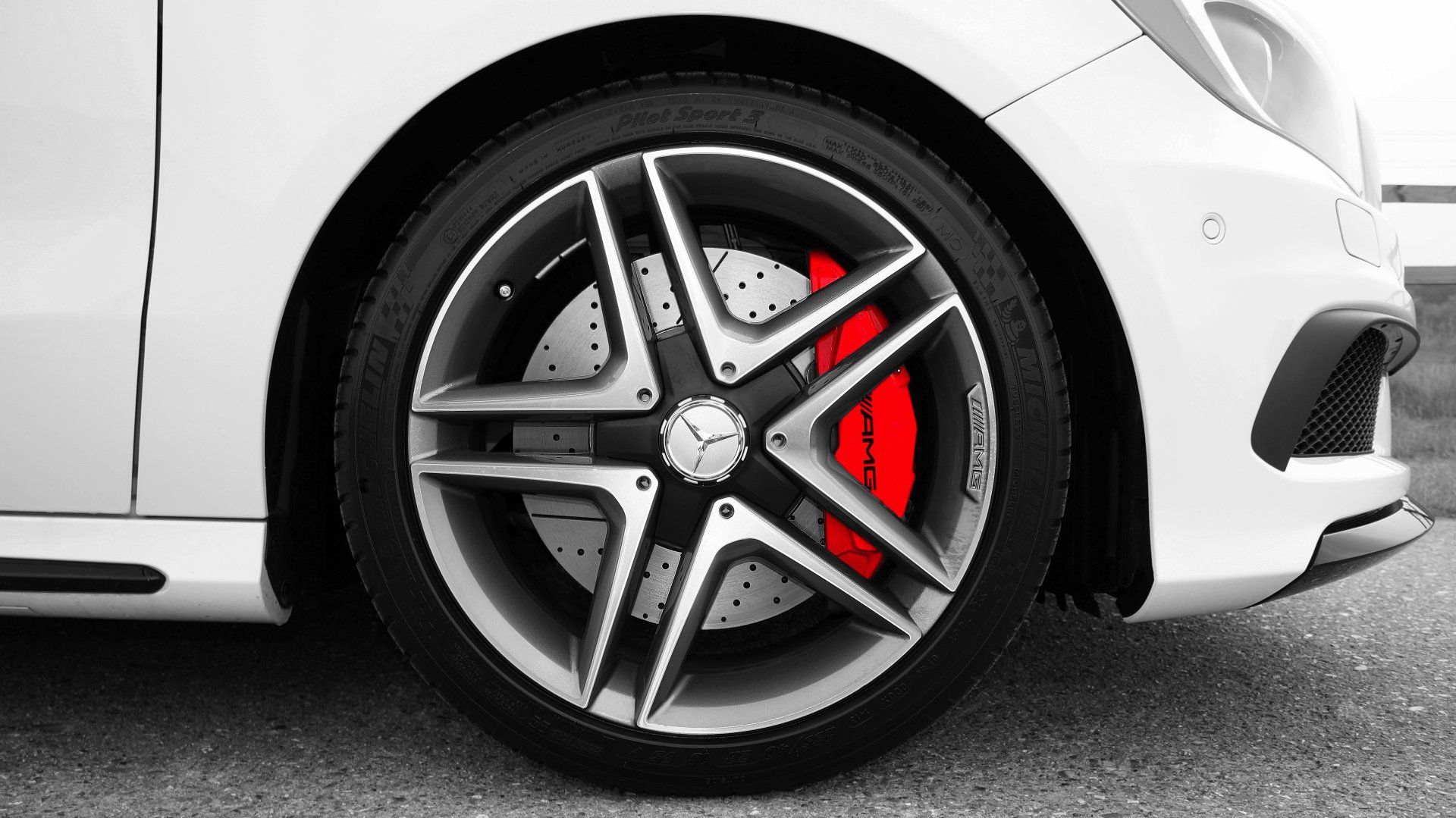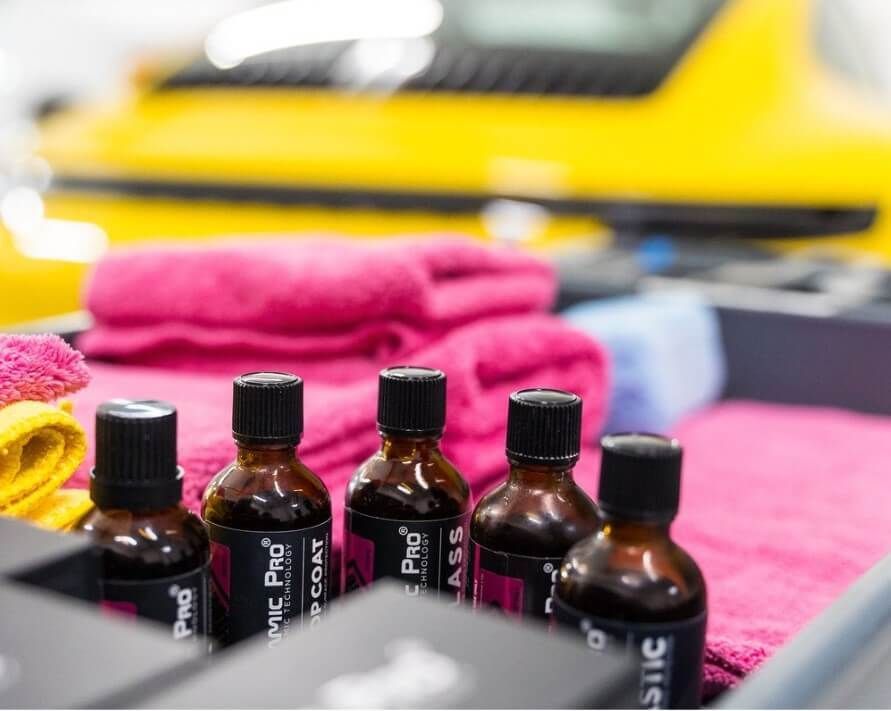When it comes to our vehicles, we often think about engine maintenance and tire rotations, but what about the paint? Just like our skin, a car’s exterior requires protection from the elements to stay looking fresh and vibrant. Seasonal changes—whether it’s the relentless sun of summer or the icy chill of winter—can wear down that shiny finish we all love. I’ve seen cars fade and chip right before my eyes because their owners didn’t take the time to care for them as the seasons shifted. Understanding how weather impacts your paint job is just the first step; knowing how to protect it is where you can really shine. Let’s dive into why these seasonal shifts matter for your vehicle’s paint and how you can keep it looking its best all year round.
Seasonal changes, particularly during winter, can significantly affect your vehicle's paint protection due to harsh weather conditions and road salt, which can lead to surface damage. To maintain optimal protection, it is essential to regularly clean your vehicle, consider applying a ceramic coating before winter, and possibly invest in protective solutions like paint protection film (PPF) to safeguard against contaminants.
Why Seasonal Changes Matter for Paint Protection
Seasonal changes have a profound impact on your vehicle's paint job, making proactive maintenance essential.
During the summer months, UV radiation becomes a major concern. As the sun shines down, its rays can cause oxidation, leading to faded paint that significantly diminishes that glossy finish we all love.
However, the challenges don’t end with summer.
When winter rolls in, it brings its own set of challenges, primarily through freezing temperatures. As the temperature drops, the paint on your vehicle contracts, making it more brittle. This brittleness makes your car’s surface more susceptible to chipping caused by road salt and debris kicked up from winter roads. Each time you hit a pothole or encounter icy conditions, minor chips might start forming—and it's troubling to note that repeated freeze-thaw cycles can exacerbate this issue, turning small imperfections into larger cracks over time.
But that's not the only issue lurking in the cold months.
The presence of humidity and moisture during spring and autumn can also be detrimental. High humidity levels paired with rainfall create an environment ripe for rust formation on any exposed metal surfaces of your vehicle. As water gets trapped, particularly around door seams and undercarriage components, it can erode the protective paint layer underneath, leading to corrosion that compromises not just aesthetics but also structure over time.
Understanding how summer’s scorching sun and winter’s biting cold affect your vehicle is just one part; knowing how to take preventative measures is the next step toward safeguarding your investment.
By proactively addressing these seasonal impacts, you’ll preserve your vehicle's exterior while enhancing its longevity and maintaining its resale value over time.
This proactive approach ensures not only visual appeal but also prevents costly repairs due to neglect while laying groundwork for understanding additional environmental factors that impact vehicle health.
Effects of Sun, Heat, Cold, and Snow
Each season imposes distinct challenges on your vehicle's exterior. Let's start with sun and heat. Prolonged exposure to high temperatures can wreak havoc on your car's paint.
Exhaust from the sun isn't the only menace lurking; winter can turn into a battlefield for your car’s finish.
In winter, as snow blankets the ground, road salt used to melt ice becomes a double-edged sword. While it aids in driving safely, it poses a significant threat to your paint job.
Just think about it: every time you drive through slush or park on salted roads, tiny particles cling to your vehicle, gradually corroding the protective layers of paint. This corrosion doesn’t just stop at visible damage—it eats away at the metal beneath and can lead to costly repairs down the line.
Spring and fall come with their unique challenges too.
During windy days prevalent in spring and fall, dust and debris become airborne projectiles that scratch your vehicle's surface. Imagine walking outside and seeing those fine scratches forming each time the wind whips past your car; it’s enough to raise anyone’s blood pressure!
Airborne pollutants can land on a car's exterior, creating microabrasions. These might appear insignificant individually but accumulate over time to cause significant damage, similar to how constant friction against your skin leads to abrasions.
Keeping these seasonal implications in mind is key to ensuring your vehicle receives the protection it needs.
Having a robust strategy for maintenance proves indispensable—be it through regular washes or protective coatings like ceramics or PPF (paint protection film). Knowing that seasonal changes bring unique challenges allows you to take proactive steps in safeguarding your investment so that you can enjoy those sunny drives without fear of fading or chips from harsh winters.
With this knowledge in hand about seasonal vulnerabilities, we can now explore various methods available for enhancing your car's protection against these threats.

Maintenance Tips for All Seasons
Adopting a year-round maintenance regimen helps keep your car looking new and preserves the integrity of its paint. To start, you should establish regular washing as your foundation. Cleaning your vehicle bimonthly is a smart habit that removes accumulated dirt, road salt, and pollutants that can damage the finish over time. For those particularly brutal winters or dusty summers, consider weekly washes to combat the elements effectively. Using a pH-balanced car wash solution can go a long way in protecting the paint, especially when mixed with proper techniques—always remember to wash from top to bottom to avoid swirl marks.
If you find yourself frequently wiping down the same spot, it might be time to reassess; regular cleaning prevents dirt from becoming embedded and requiring more complicated solutions later on.
Immediate touch-ups are also crucial in maintaining your vehicle’s appearance. Chips and scratches can quickly develop into larger issues if they allow rust to form beneath the surface. As soon as you notice any blemishes, take a moment to address them. A small bottle of touch-up paint—often available through your dealership or local auto supply store—can save you from costly repairs later.
Moreover, while addressing visible flaws is important, protecting your vehicle when it’s parked is equally vital.
One effective strategy is using protective covers whenever possible. When your car isn’t in use—especially during extreme weather conditions—a fitted car cover can shield it from harmful elements like UV rays and ice storms. These covers come in various materials suited for different weather conditions, providing excellent insulation against the heat or dampness that can affect exterior paint integrity. Additionally, during the summer months, consider parking in shaded areas when possible to help alleviate heat damage.
Incorporating a comprehensive approach doesn’t stop there; scheduling professional detailing sessions enhances your maintenance efforts significantly.
Plan for scheduled detailing at least twice a year—for example, once in spring after pollen season and another in fall prior to winter's onset. Professional detailers have access to equipment and products not typically available to consumers, allowing for a deeper clean and protective treatments that extend beyond simple washing. They can apply products like ceramic coatings or paint sealants that add an extra layer of protection against sun exposure and grime buildup.
By following these concrete tips throughout each season, you'll foster a habit that minimizes wear and ensures your vehicle continues to shine like new for years to come.
With these essential practices in mind, let's explore further ways to ensure your vehicle receives optimal safeguarding no matter the time of year.
Ensuring Optimal Protection Year-Round
Maintaining optimal protection involves more than just a one-time effort; it requires a strategic approach throughout the year. This means implementing a quarterly routine that aligns with seasonal changes, ensuring you apply seasonal-specific protectants and conduct thorough inspections of your vehicle’s exterior regularly. By following this proactive strategy, you’re not just keeping up appearances—you’re also fortifying your vehicle against nature’s elements.
Engaging in these maintenance practices makes a significant difference in extending the longevity of your paint protection. This investment of time not only helps maintain the aesthetic appeal of your vehicle but also positively influences its resale value. Think of it like gardening; the more regularly you tend to your plants, the healthier they grow in return.
Taking this into account, let’s explore specific actions for each season to ensure optimal protection. For instance, winter is notorious for snow, ice, and road salt—elements that can wreak havoc on your vehicle’s paint job. Therefore, consider washing your car at least every 1–2 weeks during those months, focusing particularly on getting underneath the vehicle to remove any salt buildup that could lead to corrosion over time.
As spring rolls around, beware of pollen and tree sap; these can cling tightly to your car's surface. A thorough wash and wax every 4–6 weeks will help keep these unwanted substances at bay.
Moving into summer, UV rays become more prevalent, threatening to degrade your sealants and waxes. Thus, it's wise to reapply a ceramic coating or sealant every 3–4 months during this period for maximum sun protection. Conversely, fall brings about leaves and debris that can scratch your paint if left unattended; regular cleaning every 2–3 weeks is highly advisable along with protective waxing every two months to shield against scratches.
Temperature variations play an equally critical role in maintaining your vehicle's exterior. Extreme cold (below 32°F) or heat (above 90°F) can affect how well your waxes and sealants adhere; adjust your application frequency based on local climate conditions as needed. Furthermore, high humidity can foster mold and mildew growth on paint surfaces; if you live in particularly humid regions, aim for frequent cleaning—ideally every two weeks.
Additionally, incorporating rock guards and side skirts into your vehicle’s profile can minimize potential damage caused by road debris, especially if you have wider tires. Remember that preventative measures are valuable allies in maintaining the appearance and longevity of your vehicle’s exterior.
Staying ahead of these seasonal challenges ensures not only an attractive look for your vehicle but also promotes its structural integrity long-term. By creating a structured routine tailored to the influences of each season, you’ll be well-equipped to fend off avoidable damage from external elements while preserving the quality of your paint job for years to come.
To learn more about effective maintenance strategies or if you need assistance, feel free to reach out to us at Lucent Auto Work or call (253) 533-6776.


